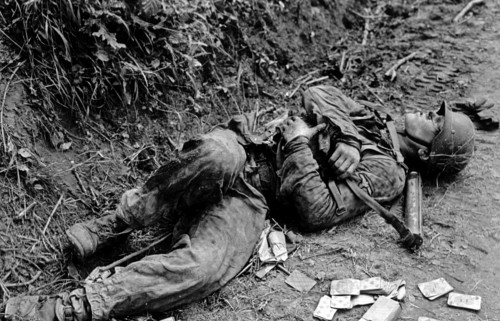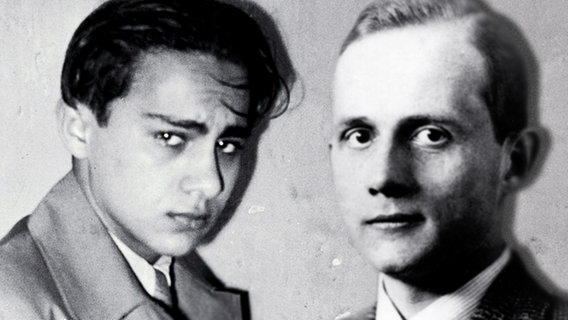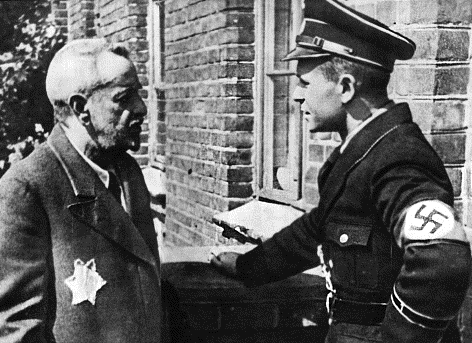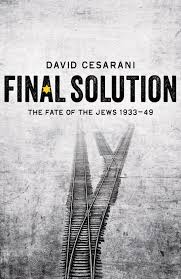Feckless European Leaders
It is impossible to exaggerate the complacency and irresponsibility of the ruling class in Europe today.
European leaders are not stupid, nor are they unaware. Consider the following speech from October of last year by European Commission President Jean-Claude Juncker:
I do not often cry, but when I look evening after evening at this long procession of refugees which remind me of those black-and-white images at the end of the Second World War which I saw when I was young, I sometimes almost cry. I do not like this Europe — this navel-gazing Europe, this Europe which is closing itself to the hopes and expectations of others. I love the Europe where hundreds of thousands of volunteers come to help, to support the refugees. Me, I know full well that we cannot welcome on our territories all the misery of the world, but we need to at least look at the misery of the world before acting.
We were able to end the Cold War. We were, and I am proud of it, able to fuse nineteen national currencies into a single currency. In fact, I am the only politician in Europe left who is among the signatories of the Maastricht Treaty which created the European Union and the euro. . . . We must relearn how to be proud of Europe. We were able to end this tragedy where Europe was a continent of wars. We have peace. The entire planet admires us for this. Except sometimes, and more and more often, the Europeans.
We very often forget, my dear friends, that Europe is the smallest continent. The European Union is a territory of 5.5 million square kilometers. Russia, a European country, represents 17.5 million square kilometers. Our relative share of global gross domestic product is shrinking. Within a few years Europe will represent 15 percent of global gross domestic product. Already 80 percent of growth is taking place in countries outside the European Union. And we are already demographically very weak. We were at the beginning of the twentieth century, us Europeans, we represented 20 percent of the world population. Today, 7 percent and at the end of century among 10 billion men, women, and children, Europe will represent 4 percent. Therefore we are the smallest continent. We are demographically weakened and will remain so. . . . Therefore, the moment has not come for us to divide ourselves into leagues and national categories, the moment has to come to ensure that the European Union remains together, that it emerges strengthened from events and from crisis events. . . . And therefore, we must be careful to respect the nations. The nations who incidentally must remain internally united. There are too many divisions in Europe. No more must be added. Therefore, I would like that the whole of Europe remain coherent and remain consequential in its actions and not merely in its ambitions. [My emphasis.]








